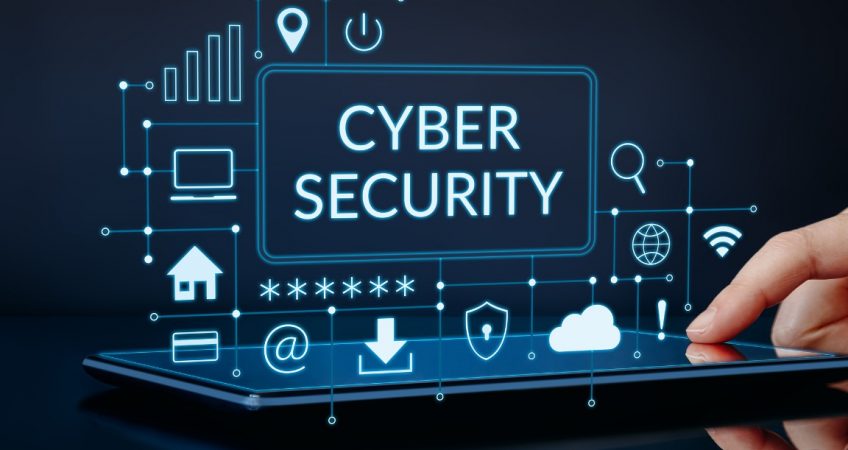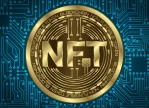Cybersecurity in the Indian banking industry: A Comprehensive Overview

Cybersecurity in the Indian banking industry: A Comprehensive Overview
Do you know what Cybersecurity is? It’s a way to protect your information from bad guys who want to steal it. Now, imagine you have money in a bank. You want to make sure that your money is safe, right? Well, that’s where Cybersecurity in Indian banking comes in.
Indian banking cybersecurity is all about ensuring the information you give your bank stays safe. Banks use special tools and techniques to protect your information from hackers and cybercriminals. These bad guys want to steal your money or use your data.
In recent years, there have been numerous cyber-attacks targeting banks in India, highlighting the need for better security measures.
In this article, we’ll explore the world of Cybersecurity in Indian banking and discuss the steps to protect customers’ information. We’ll also look at some of the challenges banks face when it comes to Cybersecurity and how they’re working to overcome them.
So, if you want to learn more about this critical issue, keep reading!
What is Cybersecurity in Banking?
Cybersecurity in Indian banking refers to protecting banking systems and sensitive information from cyber threats such as hacking, viruses, and malware. Banks have essential information, such as your account details, passwords, and credit card information, that must be kept safe from bad guys who want to steal it.
Cybersecurity Importance in Banking
Indian banking cybersecurity is essential because it helps to prevent cyber-attacks that can lead to financial loss, data theft, and identity theft.
Banks have a lot of money, and hackers try to steal it by gaining access to bank accounts, stealing sensitive information, or disrupting banking systems.
Banks use cybersecurity measures such as firewalls, encryption, and multi-factor authentication to prevent these types of cyber threats. These measures help to keep your information safe and prevent hackers from accessing it.
So, why is Cybersecurity in banking so important? Imagine if a hacker could access your bank account and steal your savings. You wouldn’t be able to buy the things you need or want, and you might have difficulty paying for things like school or college. That’s why banks need to keep your information safe and secure.
The State of Cybersecurity in Indian Banking
India has a large banking sector, meaning a lot of money is at stake. That’s why Indian banks are taking Cybersecurity seriously. They are investing in new technologies and hiring experts to ensure their systems are safe from hackers.
But, just like any other superhero, Cybersecurity has its weaknesses too. Sometimes hackers can find a way to break through the defenses and steal information or money. That’s why banks must keep updating their Cybersecurity measures and stay ahead of the bad guys.
So, what can you do to help? For starters, always use strong passwords for your bank accounts, and don’t share them with anyone. Also, be careful when clicking links or downloading files from unknown sources. These could be traps set by hackers to gain access to your computer.
Biggest Cybersecurity Threat in Indian Banking
In Indian banking, many digital threats can harm the banking system. Cyber-attacks affecting customer data, transaction details, and banking operations are the most significant dangers. So, what are these cybersecurity threats?
Phasing:
Phishing is a type of cyber-attack where a hacker sends an email or message with a malicious link that appears legitimate. When you click the link, it leads you to a fake website that looks like the original banking site, but in reality, it’s a trap to steal your data.
Ransomware:
Ransomware is another type of attack where hackers encrypt a bank’s data and demand a ransom to release it. This can lead to a significant loss of confidential information, including customer data.
Malware:
Hackers use malicious software to compromise a bank’s computer systems. Once the malware is installed, the hacker can access sensitive data or control the banking system.
Network Intrusion
This is when hackers gain unauthorized access to a bank’s computer network to steal confidential information or cause harm. They can do this by exploiting vulnerabilities in the network, such as weak passwords or outdated software.
ATM Skimming:
In this attack, fraudsters attach a device to an ATM to steal credit or debit card information. The device can be a fake card reader or a hidden camera that captures the PIN.
APT Attacks:
Advanced Persistent Threat (APT) attacks are sophisticated cyber-attacks that target a specific organization, such as a bank. Hackers use various techniques, such as social engineering, to gain access to the network and steal confidential information.
Man-in-the-Middle (MITM) Attacks:
In this attack, hackers intercept communication between a bank’s computer system and its clients. They can then steal sensitive information like login credentials, transaction details, and other confidential data.
Protecting Indian Banks and Customers from Cyber Attacks
Why is it necessary, you ask? Banks hold sensitive information about their customers, like their names, addresses, phone numbers, and, most importantly, their money. If a hacker gets access to this information, they can use it for their benefit or sell it to others, leading to financial loss for customers and damage to the bank’s reputation.
So, how do we protect against cyber-attacks? There are many ways, but here are a few important ones:
- Strong passwords: Always use strong and unique passwords for your online banking accounts. Don’t use the same password for multiple accounts, and avoid using personal information like your name, date of birth, or phone number as your password.
- Two-factor authentication: This additional layer of security requires you to enter a code sent to your phone or email after entering your password. It makes it harder for hackers to access your account, even if they have your password.
- Regular updates: Keep your devices and software updated with the latest security patches and updates. This will fix any known vulnerabilities and keep your devices protected.
- Safe browsing: Be careful while browsing the internet, especially when downloading attachments or clicking links. Always verify the source and make sure it’s a trusted one.
Conclusion
Protecting Indian banks and customers from cyber-attacks is an ongoing challenge that requires constant vigilance and preparedness. Cybersecurity threats are constantly evolving, and as technology advances, so do the methods used by cybercriminals.
Indian banks and their customers must adopt a proactive approach to Cybersecurity, which involves continuous risk assessment, appropriate security measures, and regular training and awareness programs for employees and customers alike.
The Indian government has also taken steps to enhance Cybersecurity in the banking sector by introducing regulatory measures and investing in cybersecurity infrastructure. However, it is also crucial that banks and customers take ownership of their security and collaborate and the government to ensure a safe and secure digital ecosystem.
In conclusion, protecting Indian banks and customers from cyber attacks is a shared responsibility, and by working together, we can mitigate the risks and safeguard our financial system.










